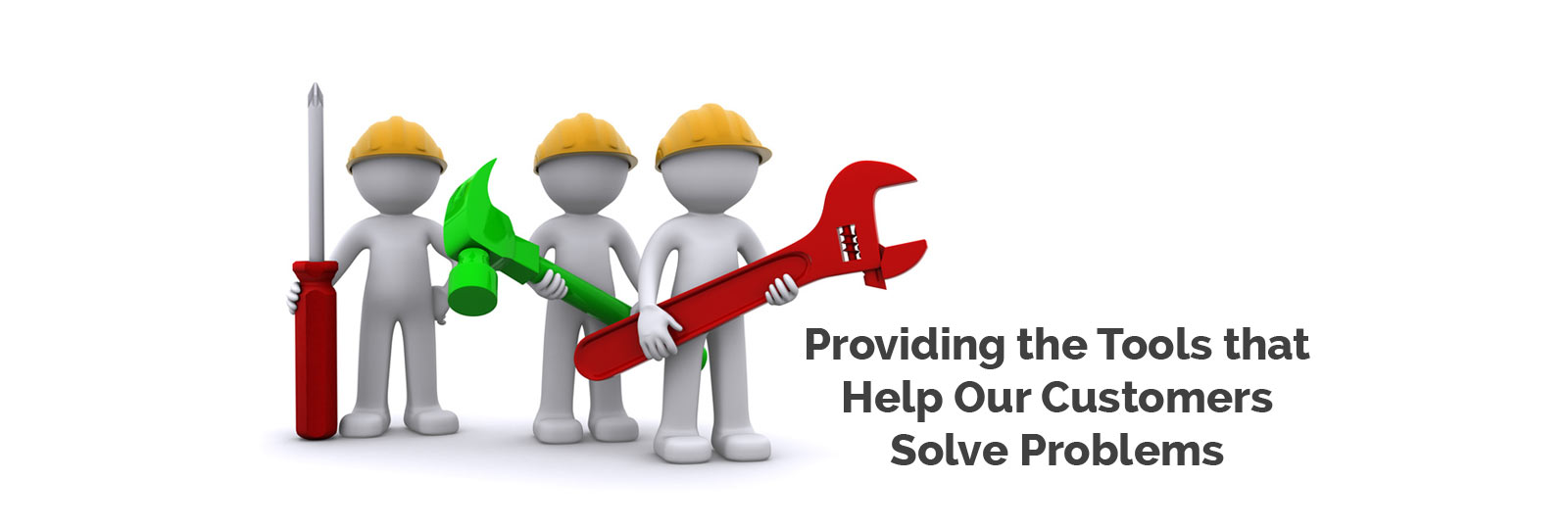

How can you plan, evaluate, and forecast without data? Customers are always looking for a way to collect more data to improve the forecasting and planning process.
We’ve heard many manufacturers say that automated data capture allows them to better schedule tomorrow, or even next shift, because they know what they produced this shift in real time. No more waiting until the Wednesday 9AM meeting to know what you produced on Monday.
Additionally, having data about past production times and output helps improve lead time forecasting, balance line output, and the sync the ordering of materials with production needs.
We’ve also had customers describe the benefits of finally understanding how a changing labor force impacts production time. Having data allows you to understand employee output or average headcount needs for a particular product.
Contact Us To Request More Information
Companies that implemented tracking systems have experienced significant improvements to manufacturing efficiency
Tracking systems foster quick leveraging of your ERP system
Contact Us To Request More Information
References